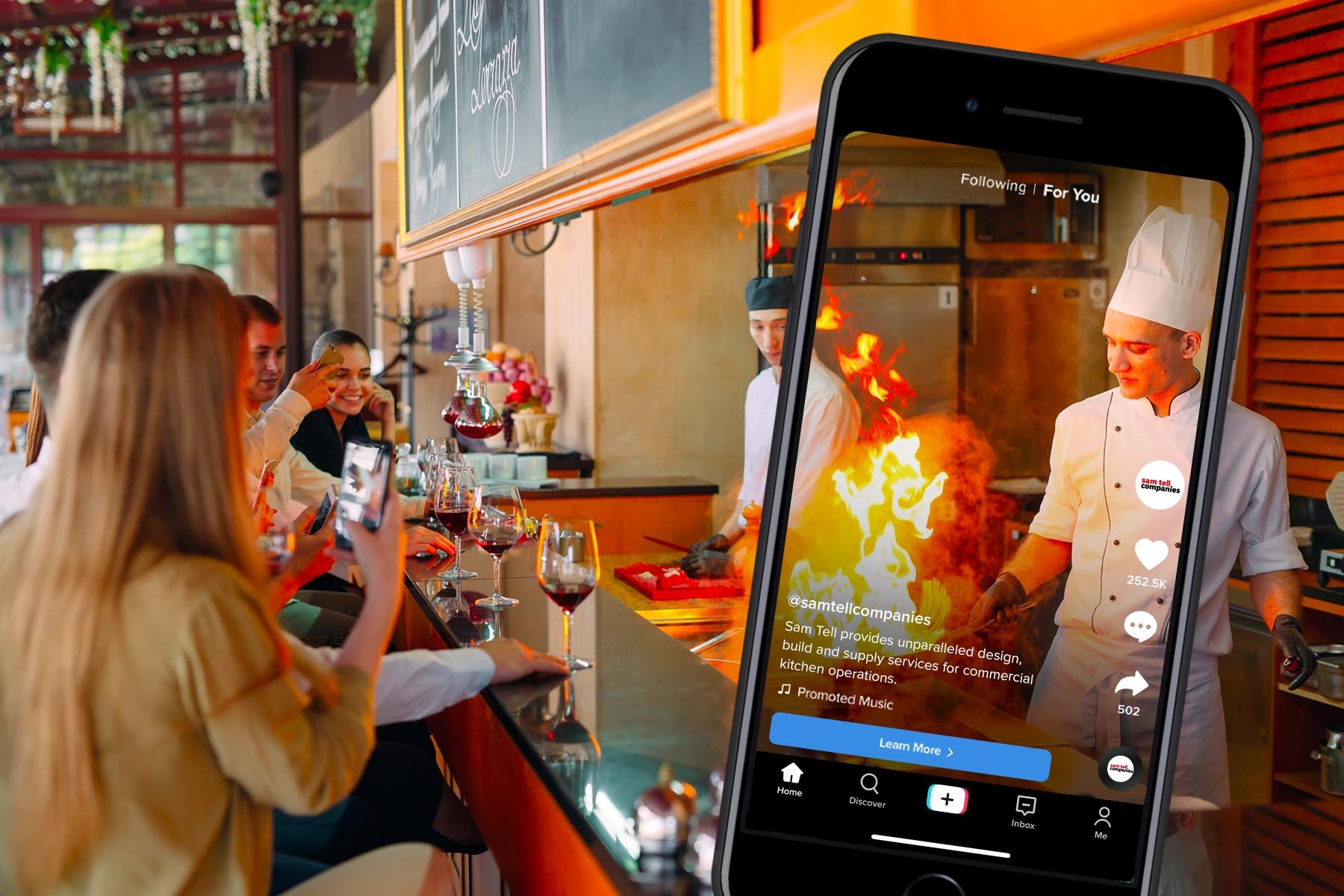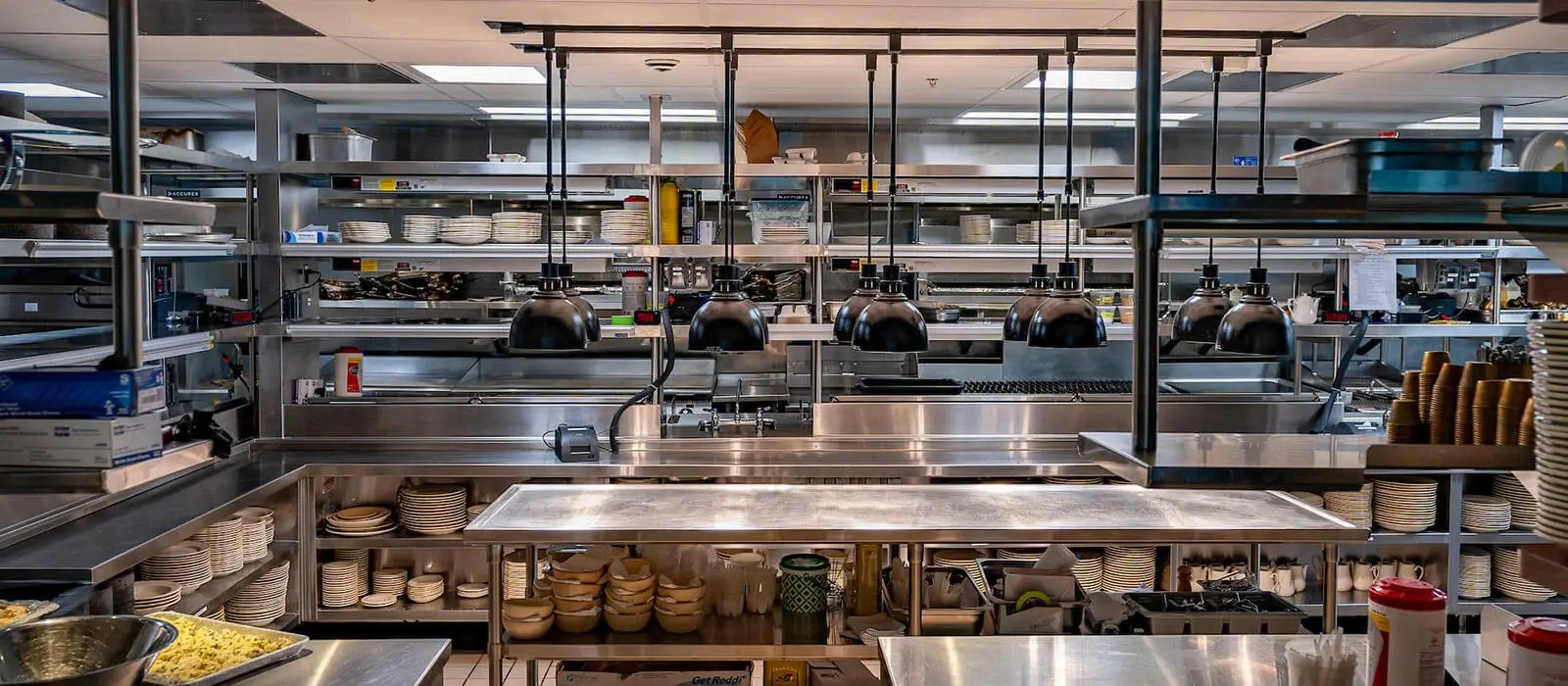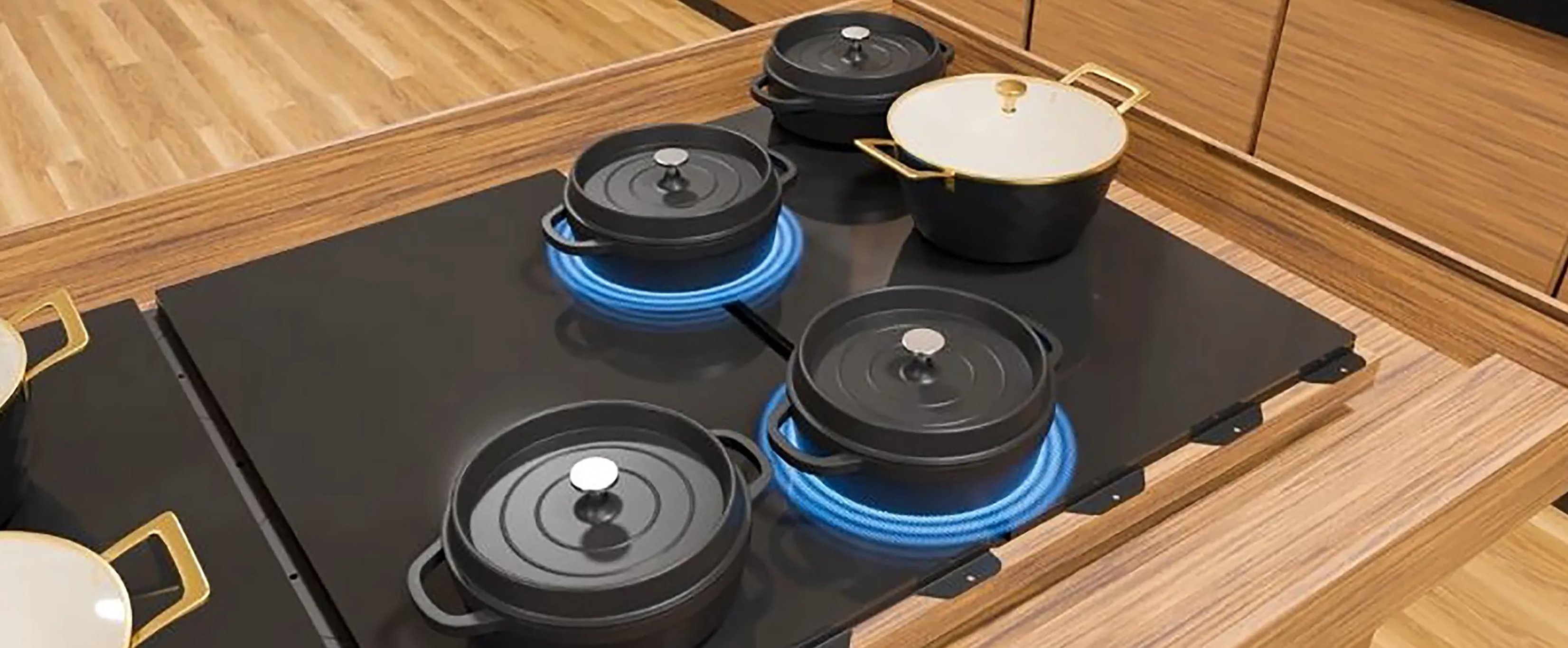Let’s travel back a couple years, when the only viral concern in the restaurant industry was the potential to cash in on “going viral” with any internet fad.
It was National Avocado Day on July 31, 2019. Chipotle, the national fast food chain specializing in assembly line-style tacos and burritos, launched a social media marketing campaign to promote guacamole, its popular add-on menu item. But instead of sending a tweet or posting a heavily doctored photo to Instagram, Chipotle dipped its tortilla chip into something called “TikTok.”
Chipotle started the #GuacDance Challenge, which urged followers to show their love for avocados with guacamole-inspired dance moves. The campaign featured popular children’s musician Dr. Jean, whose “Guacamole Song” immediately went viral, while Chipotle also partnered with popular YouTubers to further promote the TikTok dance-off.
Much like loading guacamole onto a burrito drastically improves flavor, the viral campaign had an immediate impact on sales. Chipotle reported that during the campaign’s initial six-day run, they received 250,000 video submissions and 430 million views. Not only that, the campaign resulted in actual sales. Chipotle further reported more than 800,000 sides of the condiment served, translating to a 68 percent increase in avocado usage for the quick-service chain.
The campaign—a silly dance about our shared love of avocados—ended up being TikTok’s highest-performing branded challenge in the U.S.
What Is Tiktok And How Does It Work?
TikTok is a social media platform connecting a network of users all generating their own content to share and spread. Users create and upload their own videos—these clips usually consist of lip syncing, dances, spoken opinions, all typically adhering to whatever is “trending” in the zeitgeist at the time. Users on TikTok can also just browse and interact with other creators’ content, all covering a wide array of topics, including popular songs and styles. Videos are grouped by hashtags, often corresponding to memes or challenges (example: #GuacDance).
It’s just like any other social media platform except for one gigantic detail: It is EXTREMELY popular with Generation Z, the newest generation currently ranging in age from six to 24, representing about 68 million people in the U.S. As of December 2020, the app had been downloaded 2.6 billion times worldwide, with 62 million downloads coming in January 2021.
TikTok’s popularity could be attributed to its rabbit hole of endless digital entertainment, consisting of short-form video content. It also appeals to Gen Z’s apparent desire to establish themselves as “influencers” who create content that can easily “go viral.”
But perhaps most importantly, Tiktok is a mobile-first app that’s meant to focus on authenticity and creativity, rather than a curated, “salesy” experience.
How Can Restaurants Use TikTok In Marketing Efforts?
Having the reach of a national chain like Chipotle definitely helps a restaurant establish a following and garner millions of views on a 60-second video, but any restaurant can start an account and begin the process of growing the brand. It doesn’t even have to be on a national or global scale! Simply raising awareness among social media-savvy customers on the local level has the potential to lead to new customers.
First things first, you have to Create Your Own Channel. Of course, the most basic step in the process could end up being the biggest leap for some restaurants. If you’re a restaurant owner or chef or manager, you might not know the first thing about TikTok. In fact, the sheer thought of having to learn about yet another social media platform might be downright infuriating—or at least somewhat annoying.
If you’re not social media savvy, consider your staff, team members, and others under your employ. There’s a good chance that at least one of them has not only heard of TikTok, but is on it quite often (hopefully not during work hours). The knowledge of your staff could be helpful to at least get started on the app. From there, running a successful TikTok account means actively engaging potential customers by posting content that’s fun, entertaining, and lighthearted.
Once you’re on, it’s time to start thinking about the types of content you want to share. One popular option is to give customers a Behind the Scenes look how the restaurant operates. A behind-the-scenes TikTok video could be a quick introduction to the team while they work or a recipe demonstration, made using jump cuts to make it look like the meal was created in seconds.
Coming up with a Unique Campaign, like creating a Hashtag Challenge, is how most brands successfully launch viral content on TikTok. The aforementioned #GuacDance Challenge is only one example of a challenge campaign taking off. Other examples include #LidFlip and #Boorito, both also launched by Chipotle, #WhopperDance by Burger King, and #SyrupTurnUp by IHOP. Any marketing campaign has the potential to snowball, and while creativity and marketing is certainly involved, many successful TikTok challenges are made in the spur of the moment by employees.
In order to get a TikTok challenge or campaign rolling, a restaurant or chain will Partner with an Influencer to boost the account’s public profile. Yes, the world now has something called “TikTok celebrities”—that is, people who are famous solely for their exploits on TikTok. These influencers join campaigns—often for a price—and raise the brand’s awareness among their incredible social media reach by performing those skits and challenges that allow their personalities to shine. Last year, Dunkin’ Donuts partnered with TikTok influencer Charli D’Amelio to drum up more engagement and recognition. The chain created a new drink after her and the effort translated into hundreds of thousands of dollars in sales.
And then there’s the less-than-organic way to build a following on TikTok: actually Buying Ad Space. The app offers a handful of different types of ads, such as infeed ads that appear in between regular posts (similar to ads in Instagram Stories), branded hashtag challenges, and brand takeovers.
Takeaway
If you operate a small taqueria with an extremely local customer base or if you run a neighborhood pizza joint that’s been successfully slinging pies for decades, we’re not suggesting you invest all of your savings into marketing on TikTok. But the emergence and prevalence of this app in the social media landscape demonstrates that there are always new ways to reach customers—and some might be less challenging than others.








